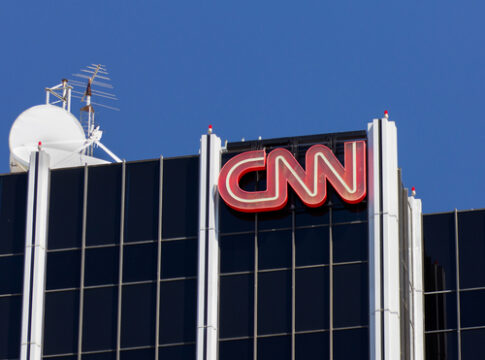CNN finds itself at the center of a media storm after allegedly accepting leaked surveillance footage of a devastating plane crash. The incident has ignited a fierce debate on the ethics of information sharing and the media’s role in disseminating sensitive content. What role does public interest play in justifying the release of sensitive footage?
Airport Workers Face Legal Repercussions
Two airport employees, Mohamed Lamine Mbengue, 21, and Jonathan Savoy, 45, have been arrested for allegedly leaking surveillance footage of a deadly crash to CNN. The individuals are facing charges of computer trespass for making an unauthorized copy of records, a serious offense that highlights the gravity of their alleged actions.
The leaked footage provides a clearer view of the tragic collision between a Black Hawk helicopter and an American Airlines jet over the Potomac River, resulting in 67 fatalities. CNN reported that the footage was captured on cell phones, raising questions about the security measures in place at the airport and the ease with which sensitive information can be accessed and shared.
Two Airport Workers Arrested After Being Accused Of Leaking D.C. Plane Crash Footage To CNN https://t.co/YlJkXUsuFg #OAN
— One America News (@OANN) February 5, 2025
Legal Proceedings and Public Response
Following their arrest, Mbengue was detained and subsequently released from Arlington County Adult Detention Center, while Savoy was summoned and released by a magistrate. The legal proceedings are ongoing, with only one mugshot released to the press as of February 4th, further fueling public interest in the case.
The incident has sparked intense debate among legal experts, media professionals, and the general public about the ethical implications of leaking sensitive information. Many are questioning the balance between transparency and security, as well as the responsibilities of both employees and media outlets in handling such delicate material.
🚨🚨 The airport employees that leaked the video of the plane crash to CNN have been arrested.
They were charged with computer trespass for making an unauthorized copy of records pic.twitter.com/IPxvkvjd7L
— JOSH DUNLAP (@JDunlap1974) February 4, 2025
Implications for Airport Security and Media Ethics
This incident has brought to light significant concerns about airport security protocols and the potential vulnerabilities in handling sensitive information. It underscores the need for stricter measures to prevent unauthorized access to surveillance footage and other critical data, especially in the aftermath of tragic events.
The role of media outlets in obtaining and broadcasting leaked footage is also under scrutiny. While the public’s right to information is a cornerstone of journalism, the ethical considerations surrounding the acquisition and dissemination of sensitive material remain a contentious issue, particularly when it involves tragic events with potential impacts on victims’ families and ongoing investigations.

